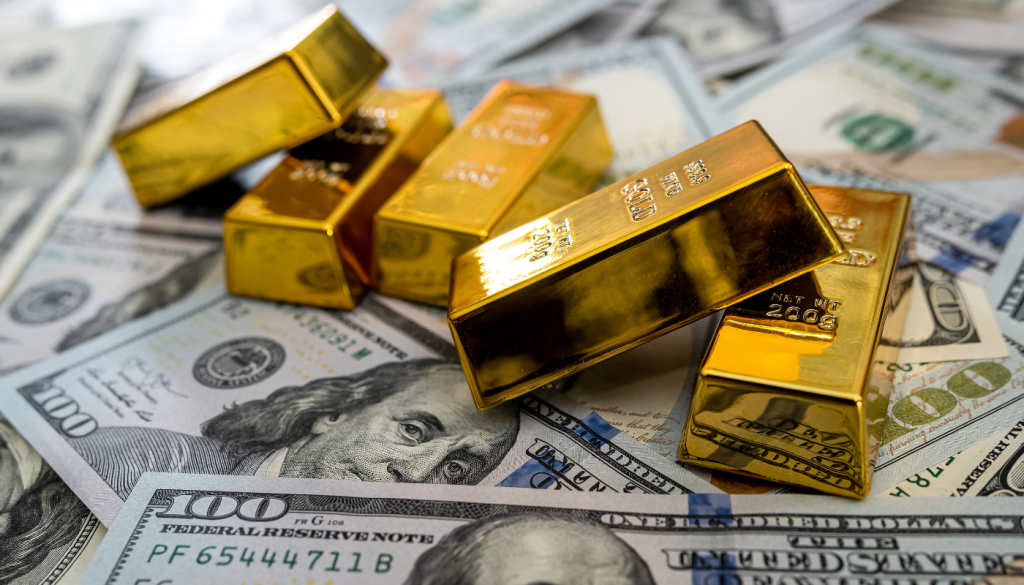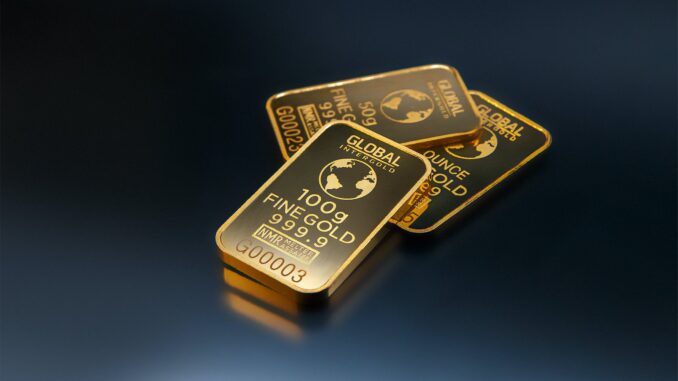Gold, an age-old store of value, soared past $3,000 per ounce for the first time on Friday, fuelled by investor concerns over escalating trade tensions and global economic uncertainty.
The precious metal reached an all-time high of $3,005 before settling slightly lower at $2,994 as of 9:04 a.m. ET. The surge was attributed to various factors, including the latest tariff war between the United States and its trading partners, geopolitical instability, and central bank demand.
Read also: Could a Trump mention ignite Pi Coin? Experts predict a potential 200% price surge
Trade war fears drive demand
Investors have flocked to gold as a safe-haven asset amid concerns over U.S. President Donald Trump‘s aggressive trade policies. The administration recently imposed a 25 percent tariff on all imported steel and aluminum, prompting swift retaliatory measures from Canada and the European Union.
Trump further escalated tensions by threatening a 200 percent tariff on European alcoholic beverages unless the EU reversed its 50 percent tariff on U.S. spirits.
“Gold remains the panic asset of choice,” said Jason Hollands, managing director at Evelyn Partners. “The uncertainty surrounding global trade is forcing investors to seek stability in tangible assets.”
This has led to speculation about a potential economic slowdown, which is adding to the rush toward gold.
Beyond trade disputes, geopolitical concerns have also contributed to gold’s surge. Russia’s rejection of a U.S.-proposed ceasefire in Ukraine has heightened tensions, further reinforcing gold’s status as a protective investment.
“Russia’s refusal to agree to a truce underscores the deepening instability in global affairs,” said Viktoria Kuszak, a research analyst at Sucden Financial. “Investors are responding by seeking out reliable stores of value.”
Read also: Stablecoin-powered Nilos expands into West Africa, offers faster and secure crypto payments
Central banks and market trends
Another key factor in gold’s rally is the sustained demand from central banks. Countries like China have been increasing their gold reserves, aiming to diversify from the U.S. dollar.
“Gold is being used as a hedge against currency volatility,” said Trevor Greetham of Royal London Asset Management. “Central banks are playing a major role in this prolonged price increase.”
With ongoing market instability and global tensions, experts believe gold’s momentum may persist in the months ahead.
Will Africa benefit from the gold price surge?
Africa, a major gold producer, may benefit from higher prices through increased export revenues and mining investments. However, rising gold prices could also signal global economic instability, potentially reducing foreign aid and investment.
For local economies, the surge may stimulate job creation but could exacerbate inflation, impacting consumers and small businesses.

